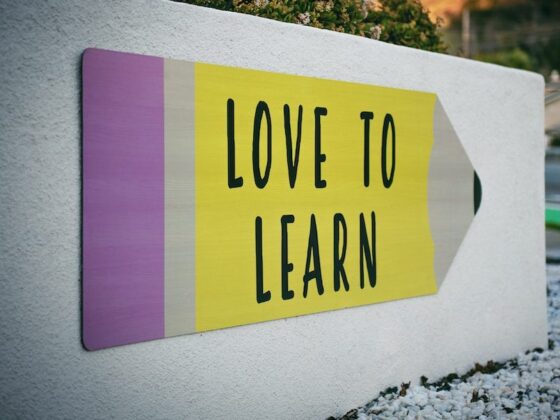A subtle turn of phrase – Learning to Read versus Reading to Learn – but a sea change in a child’s education. The transition from lower-el to upper-el marks a moment in education that can define a child’s future success, or so we have been told.
After 3rd grade, it is has long been assumed that a child can read well enough to absorb new information without continued reading practice and instruction. This myth in education began to become ”commonplace” knowledge in the 1990s based on the work of a Harvard professor.
Many teachers took this as permission to abandon reading instruction for the upper elementary and focus on curriculum content. However, reading is a complicated a process that requires continued instruction as text and materials change.
Working on ThinkStretch, I am often questioned about the “best” grade in which to support summer learning and prevent summer learning loss. Some schools want to just focus on 2nd graders heading to 3rd grade so that they can make their 3rd grade reading proficiency benchmark.
This is a narrow view from two perspectives. First, if the students have not maintained their reading skills over the summer from Kindergarten through 2nd grade, they are likely already 6-9 months behind target, having been affected by summer learning loss already. Second, maintaining reading skills while in upper elementary is equally crucial, as the text students have to absorb becomes more nuanced and complex.
As parents and educators, we need to support our students’ need to read outside of school time, both during the school year and in the summer, to maintain and increase their reading skill. ThinkStretch is a summer learning program specially designed to support parents and educators aiming to do just that.
Originally posted on DonnaLasinski.com





